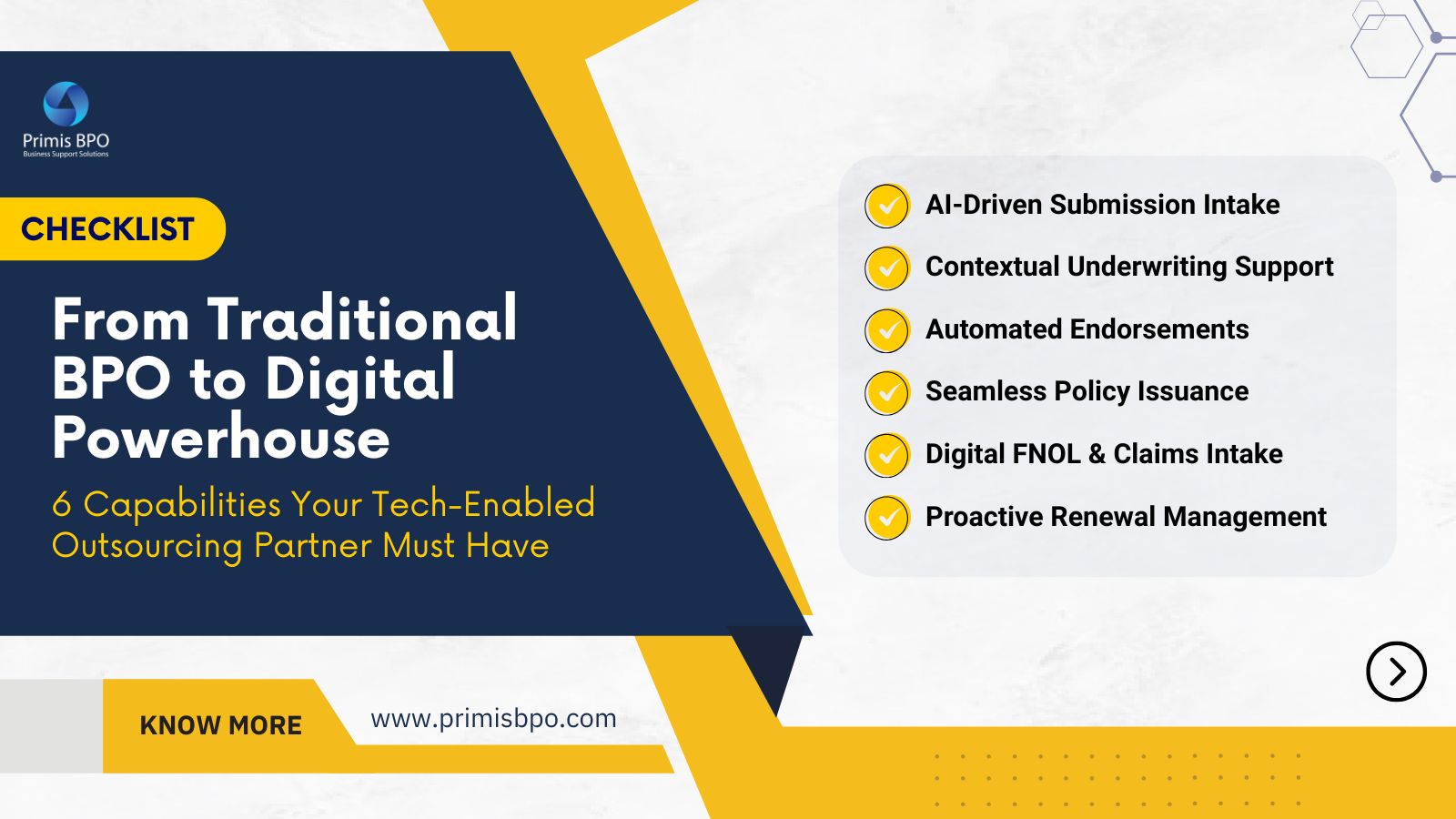
Key Takeaways:
- The manual accounts receivable process poses a lot of challenges for businesses.
- RPA helps to automate repetitive & tedious AR workflows efficiently.
- Automated AR process saves time and cost, boosts cash flow, and provides enhanced ROI.
In today’s ever-evolving competitive environment, businesses are looking for ways to discover their edge over rivals. In this regard, a company’s proper cash flow regulation is a necessity for enhanced business growth. Inappropriate accounts receivable management complicates the entire process due to inaccuracies, human errors, and delays, leading to critically clogged collections.
Moreover, the accounts receivable process can no longer be an entirely manual process as it is unsustainable. It takes a massive amount of time. But who wants to spend so much of their time on repetitive & tedious tasks?
Not a single AR professional or CFO, that's for sure.
A few crucial issues that finance professionals link to a manual AR process is compliance breach, lost documents, and reduced productivity. That’s a lot to decelerate business growth. Then how can CFOs streamline AR workflows at a reduced time and cost?
One answer to the numerous questions raised is provided by RPA technologies. Automation in the accounts receivable process can turn the tide. While robots execute mundane AR tasks, professionals can focus on delivering high-level insights that drive significant business decisions and incite growth.
This blog will take you through the roadblocks associated with the manual accounts receivable process and how automation can make the AR process seamless.
Let us first take a look at the challenges related to the manual AR process.
Loopholes in Manual Accounts Receivable Process
- Conventional accounts receivable systems have a manual soliciting process that entails customizing each correspondence, attaching the related invoices, and then sending them to the clients via faxes, emails, and posts. It consumes a considerable amount of time and increases the chance of human errors.
- With a manual AR process, there is an absence of account prioritization that generally leads to losing track of high-risk customers.
- Considering the cash application process, the accounts receivables team manually accumulates payments and remittance details, then matches the specific payments with their invoice numbers, and also manages short payments, which is a very complicated and time-intrusive procedure.
- For the purpose of credit management, the client onboarding task is slow and paper-based. Besides, it requires manual intervention to collect data from credit agencies and create credit scores.
- The traditional accounts receivable process requires manual reporting that involves the analyst collating data from multiple paper records and spreadsheets. They then input the data in separate spreadsheets to share with the respective stakeholders. The entire process is tedious & time-consuming and doesn't provide a real-time picture of the organization's cash flow position.
- All the above-mentioned factors expedite poor client experience, reduce cash flow, and minimize working capital, leaving your AR team unable to aggregate past dues on time.
Redefining AR Process with Automation
Now that we know the challenges of the current AR system let's read about how we can resolve them. Automation in the account receivables process enables the business to run smoothly without any human intervention. This helps to achieve fewer failures, increased accuracy, enhanced flexibility, reduced operational cost, and improved cash flow.
In this section, we will look at some of the key advantages of automating AR processes.
Saves Time, Money & Human Effort
A recent report highlights that 'automation can help finance departments save more than 20,000 man-hours and hundreds of thousands of dollars in operating expenses each year.'
When the repetitive AR workflow is automated, the costs associated with processing payments are reduced. The business can then invest this money into other value-adding areas that will enhance ROI.
Moreover, productivity also improves. Employees who once looked after mundane and tedious tasks can now concentrate on more strategic activities.
Boosts Productivity
RPA tools in accounts receivable processes help to auto-generate invoices, deliver them rapidly, and prioritize client accounts based on risk factors. It increases the speed of the entire workflow, thereby improving the overall efficiency and productivity of the AR team.
Reduces Errors
Rule-based automation tools enable businesses to complete repetitive tasks without errors. It can help to bring down human errors in AR processes, leading to reduced costs and happier customers.
Ensure Predictable Cash Flow & Decrease Bad Debt
Another significant benefit of automating the accounts receivable process is having a predictable cash flow for your business. Collections can be ensured on time by automated payment notifications, reminders, and emails. Besides, an automated AR process will enable you to stay on top of your collections process, ensure consistent cash flow, and reduce bad debts.
Improved Customer Satisfaction
Automation helps you to deliver seamless customer experience as per their expectations by empowering your team to pay attention to the high-touch customers. If your customers receive better service by automation, they will spread good word about your company and draw more clients. Your company reputation will definitely be boosted.
Fast-Track Payments
Automating accounts receivables will help make invoices readily available to the customers, who can then pay promptly, which will enable to reduce delays in payment and bring speed to invoicing.
In a Nutshell
Managing receivables can be a complex process. However, the same task can be made efficient and simple with the help of appropriate implementation of automation technology.
Do you know? According to Gartner, 70% of organizations are planning to adopt automation by 2025 in order to deliver efficiency and flexibility. Upgrading your existing AR system can help you to handle your cash flows better, even with limited resources.
Are you a finance leader seeking to discover productivity, efficiency, and optimization wins across your accounts receivable processes? Then we are here to help you. Get in touch with us to outsource your AR services & we will deliver enhanced ROI by improving cash flow and automating manual tasks so that your team can focus on more strategic work.
Recent Blogs

Optimizing Auto Insurance Underwriting Through Outsourced AI-Driven Risk Intelligence

[Checklist] From Traditional BPO to Digital Powerhouse: 6 Capabilities Your Tech-Enabled Outsourcing Partner Must Have

Outsourcing AI-Enabled Property Risk Analysis

Outsourcing AI-Powered Risk Assessment for Insurance Optimization

Augmented Underwriting: When Human Expertise Meets Digital Intelligence